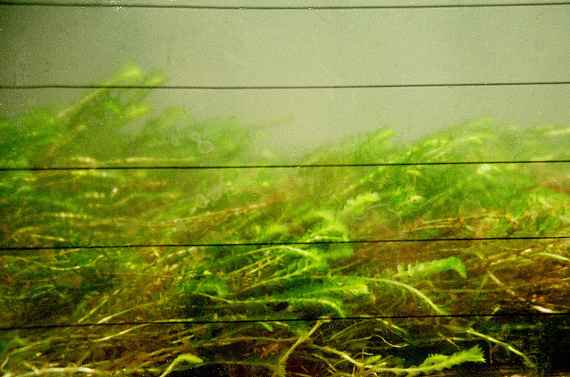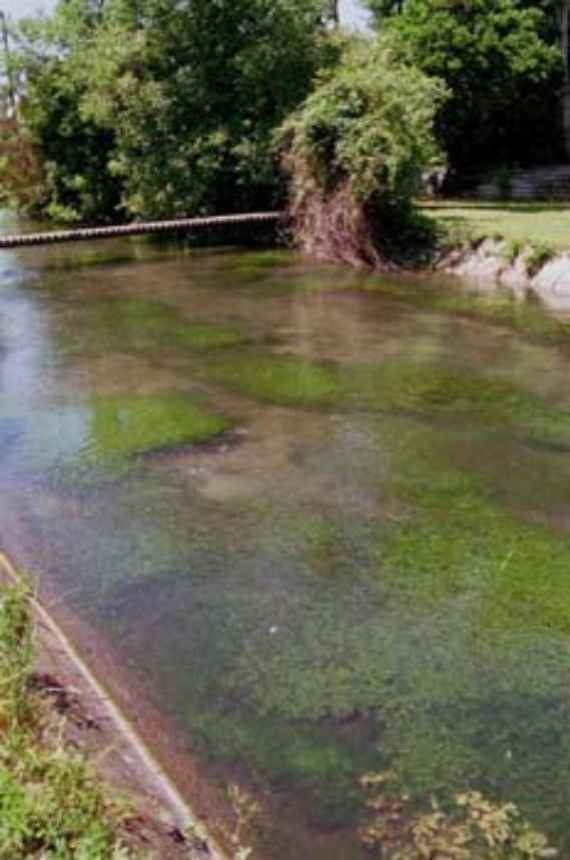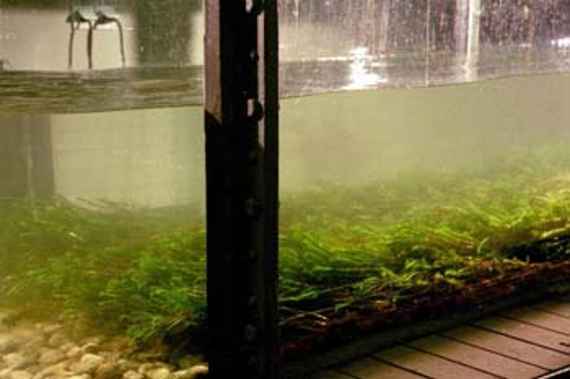This project was carried out as a part of a PhD-Thesis and aimed at analysing the roughness influence of submerged aquatic vegetation on the flow. These plant species (macrophytes) are characterized by a high flexibility, which makes them behave differently depending on the flow. In, addition, they generate wavy movements in the current and, thus, also a variable and dynamic plant roughness.
As a part of this work, velocity measurements were carried out in a laboratory flume using three different plant types which were taken from a natural river in the southern Vienna Basin (Fischa) and which differ with regard to growth structure and length. For the flow velocity measurements, these aquatic plants were implemented into the laboratory flume and exposed to different discharges. Based on the results of these measurements the dependencies of the geometric (height of the plants at the specific flow situation) and the hydraulic roughness parameters could be defined. To determine the hydraulic roughness parameter, the logarithmic velocity law modified according to Nikuradse was applied. The equivalent sand roughness served as a hydraulic roughness parameter, which is considered to be an integral roughness measure suitable for quantifying the effects of the bed roughness of on the flow. Additional investigations analysed the effects of the decisive parameters such as roughness density or relative submergence on the hydraulic roughness.
Patches of Groenlandia densa in the Fischa
A patch of aquatic vegetation (Groenlandia densa) in the laboratory flume
In the course of this work, velocity measurements were carried out on three different plant species, which had been selected with regard to different growth structure and length and taken from a stream in the southern Vienna Basin (Fischa). Based on the results of these measurements at different flow situations, finally the dependencies of the geometric (height of the plants at the respective flow situation) and the hydraulic roughness parameters could be defined.
To determine the hydraulic roughness parameter, the logarithmic velocity law modified according to Nikuradze was applied. The equivalent sand roughness served as the hydraulic roughness parameter, which is considered an integral roughness measure capable of quantifying the effect of the roughness of the bed on the flow. Supplementary investigations analysed the effect of the decisive influencing variables, roughness density and relative cover, on the roughness effect.



